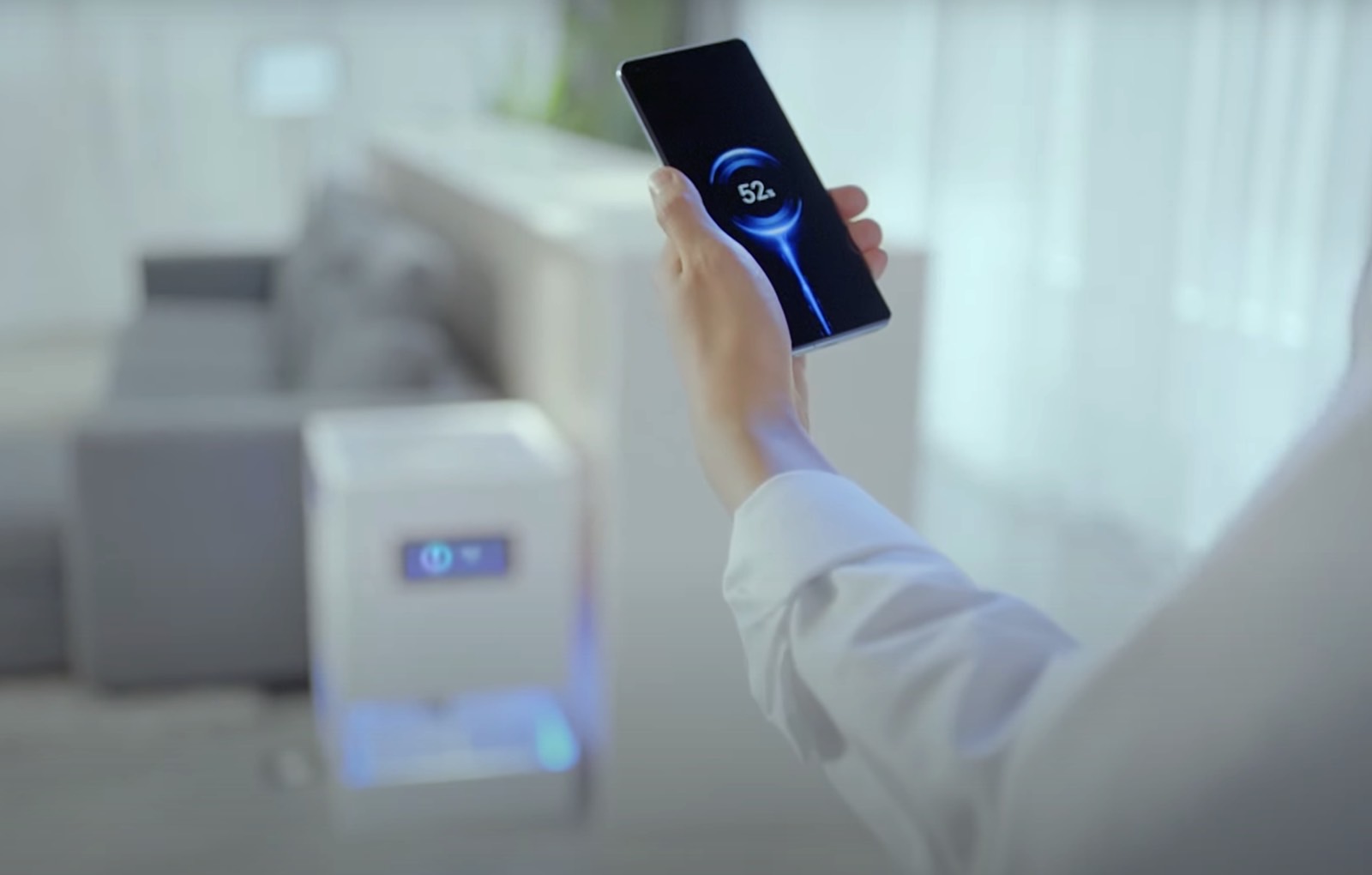Wireless chargers are becoming increasingly popular, especially as smartphones continue offering them as a premium option. However, wireless charging is less efficient the further away from the charger you move, which is why so many require you to place the phone directly on the pad. Now, though, a new wireless charging technique could make open-air charging 80 percent more efficient.
Tech. Entertainment. Science. Your inbox.
Sign up for the most interesting tech & entertainment news out there.
By signing up, I agree to the Terms of Use and have reviewed the Privacy Notice.
Being able to walk into your home and have your phone charge wirelessly without you putting it on anything is the goal of wireless charging. With this new technique, engineers at Aalto University were able to develop a system that charges devices wirelessly over longer distances.
We’ve seen similar technology in the past, with things like Xiaomi’s Mi Air Charge technology, but we haven’t seen any push to make this kind of tech mainstream and more widely available. If new techniques like the one utilized by these engineers take off, though, we could see more efficient wireless charging options hitting the market.

To try to avoid the loss that comes with moving the charging further away, the engineers used a system with two loop antennas, both around 7.2 cm wide. They then tweaked the antennas, allowing them to suppose the radiation resistance and increase the efficiency of the charging area.
They found that by doing this, they were able to increase the power transfer efficiency so that it remained high at over 80 percent, even when there was some distance between the points. Being able to balance the transfer of power with the radiation loss is vital if we’re going to make open-air wireless chargers that are actually capable of charging phones effectively.
The new technique will allow the engineers to analyze other open-air charging options and help optimize their efficiency, allowing for future devices that can self-charge even from longer distances. A paper on the findings has been published in Physical Review.
